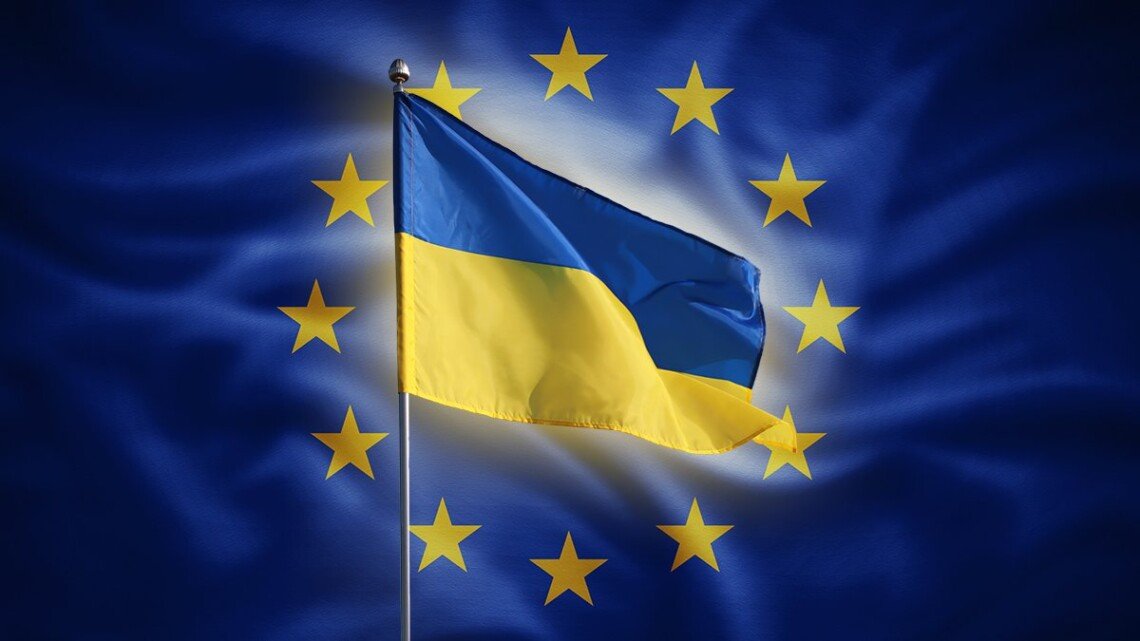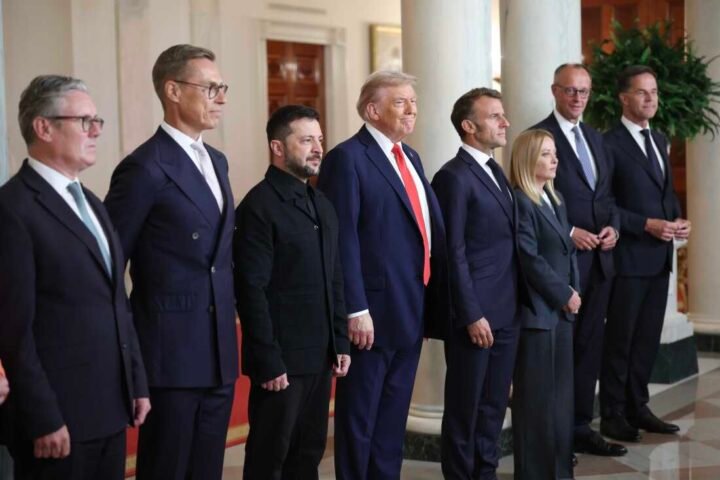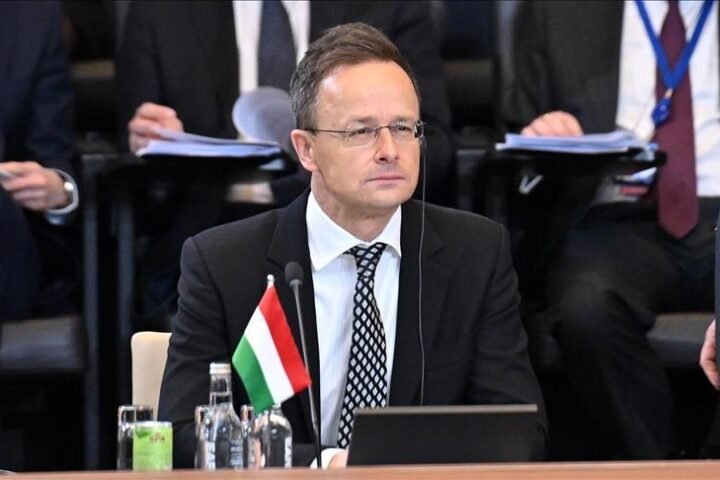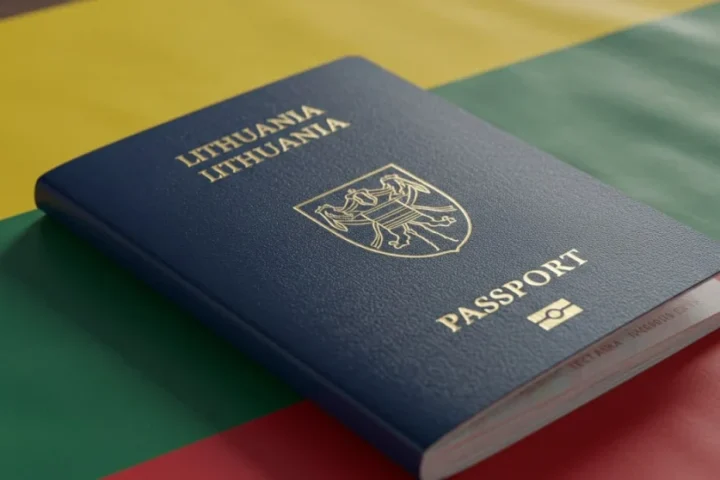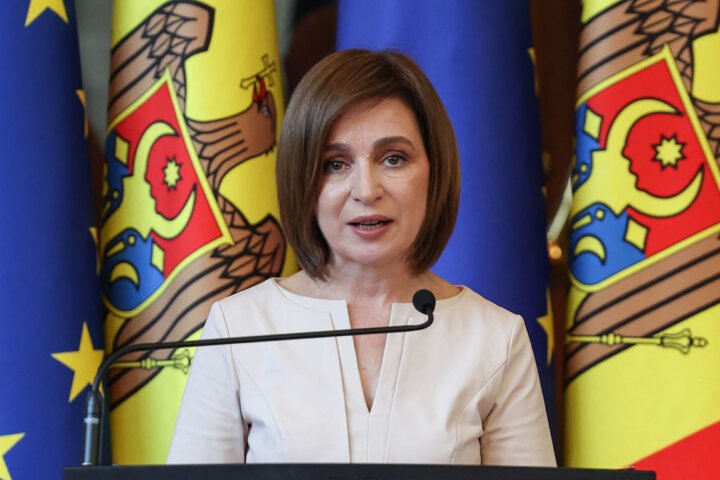The European Commission has proposed allocating €100 billion to Ukraine in the EU’s long-term budget for 2028–2034, marking a decisive shift in Brussels’ approach from crisis response to strategic integration. The announcement was made by Commission President Ursula von der Leyen on July 16 during the presentation of the bloc’s €2 trillion budget proposal in Brussels.
The funding would be channeled into a new Ukraine Facility aimed at supporting reconstruction, resilience, and reforms, while anchoring Ukraine’s trajectory toward full EU membership. Von der Leyen described the initiative as a critical element of the EU’s “strategic financial architecture,” designed to make Ukraine a future pillar of Europe’s political, economic and security space.
From emergency aid to strategic investment
This marks the first time that Ukraine funding is integrated directly into the Union’s long-term financial framework. Previously, assistance had been delivered through temporary or ad hoc mechanisms. The shift sends a clear message that Ukraine is no longer viewed as a short-term crisis, but as a core future member of the European community.
Von der Leyen said the proposed €100 billion package would not only support Ukraine’s recovery from Russia’s full-scale invasion, but also accelerate its institutional convergence with the EU. “Ukraine’s future lies within our Union,” she declared.
Political commitment and conditional support
The size and structure of the proposed fund are also intended to reinforce the EU’s long-term commitment, irrespective of shifting political winds in Brussels or Washington. In this context, the initiative is both a financial instrument and a geopolitical signal: an investment in Ukraine’s sovereignty, democratic resilience and alignment with EU norms.
However, the support will not be unconditional. A portion of the funds will be tied to progress on anti-corruption efforts, judicial reform, public finance management and good governance. The Commission is already working on a robust monitoring mechanism to ensure accountability—an approach meant to reassure European taxpayers and align with public expectations of transparency.
Ukraine as a future growth engine
Part of the proposed financing is earmarked for structural reforms, digital and green transitions, and large-scale infrastructure rebuilding. This could unlock significant opportunities for European companies across sectors—from engineering and energy to agriculture and logistics.
The Commission sees Ukraine as a potential growth story for Europe, akin to Poland’s transformation after its EU accession. A resilient, democratic Ukraine with a competitive economy would strengthen the EU’s eastern flank, ease migration pressures, boost food security and expand trade corridors across the continent.
Strategic containment of external threats
Crucially, the long-term fund is also part of a broader effort to lock Ukraine into the EU’s institutional orbit and shield it from destabilization efforts by authoritarian regimes. By investing in Ukraine’s integration now, the EU seeks to make any future attempts to pull Kyiv back into a Russian sphere of influence strategically futile.
As noted by von der Leyen, the initiative aims to move Ukraine permanently out of the “grey zone” between Europe and Russia. It is a calculated step in the EU’s wider push to bolster democratic resilience on its periphery and counter growing threats to the European order.
This budget proposal could open a new chapter in EU-Ukraine relations, positioning Kyiv not as a beneficiary of solidarity, but as a future co-author of the European project.
